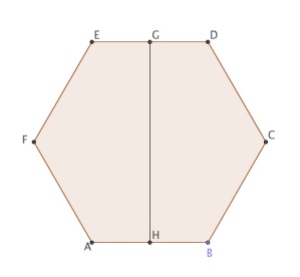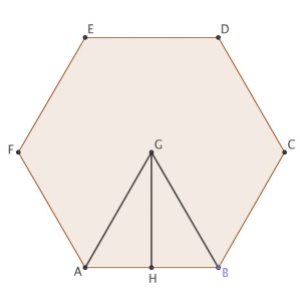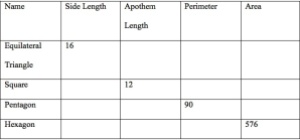Whenever I finish a new post I will tweet out a message about it and I often encourage people to drop on by and share some wisdom. I definitely need some tonight.
Had a great conversation with a colleague today about his Algebra II Honors class. They are examining exponential functions and are ready to talk about logs. He came by with what seemed like a straightforward question – but it no longer feels like it is. He sketched the graph off y = 2 ^ x and marked pi on the x-axis. He talked about working his kiddos through the argument that there must be some power of 2 that yields pi as the answer. He talked about a method of exhaustion making better and better guesses to get closer and closer. We talked about how this conversation could be approached as carefully as possible. I talked about the intermediate value theorem but advised that it not be named yet. I talked about temperature during a day and speed on a car’s speedometer. But as he pushed me I realized that all of these arguments rely on comfortably knowing that this function is continuous and that if 2 ^ 1 = 2 and 2 ^ 2 = 4 that there MUST be some value of x between 1 and 2 so that 2 ^ x = pi. We ended the conversation – because I had a committee to run to – with this questions: How do we convince Algebra II students that this function actually does have to have an input x that yields every output y in a region? How do we recognize a function as continuous? What are the markers? This feels like a question that I should have had a better answer for and maybe in October when my brain is smarter I might have. So, I ask you out there – how can we convince Algebra II students that there is some real x so that 2 ^ x = pi?




